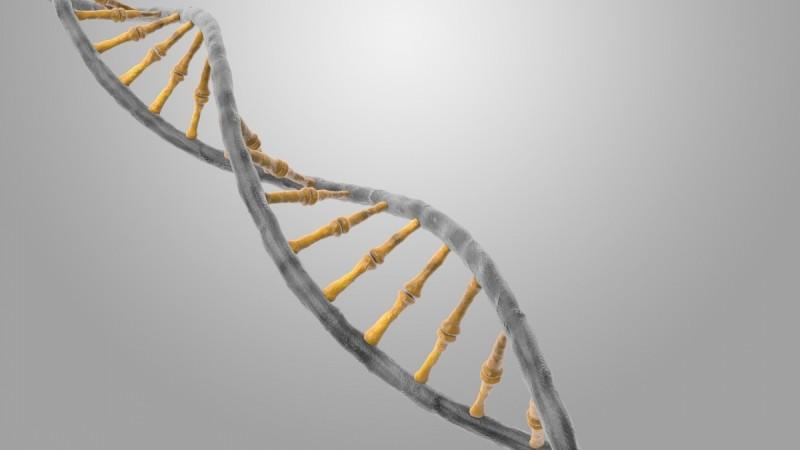
Creating a synthetic lifeform has long been the dream of biologists and geneticists across the world, and when in 2014, scientists managed to add an Unnatural Base Pair to the E. Coli bacteria, it seemed the future had merged with the present; science fiction with science fact.
Sci-Hub 'pirate' named by Nature as one of the top 10 people who mattered in Science 2016
Unfortunately the E. Coli bacteria only held on to the UBP for a short time before discarding it as it multiplied.
Scientists realized that in order to create a truly synthetic life form, it would have to hold on to the UBP for its entire lifespan, or an indefinite period.
And now they have.
The human DNA has four natural bases, Adenine (A), Cytosine (C), Thymine (T), and Guanine (G) that form Natural Base Pairs (NBP), but now, scientists have added two unnatural bases (X & Y) to form a UBP in a semi-synthetic organism.
Not only that, but the organism held on to the UBP indefinitely, meaning that the added genetic information could be put to use.
Scientists at the The Scripps Research Institute (TSRI) published their findings in the Proceedings of the National Academy of Sciences.
Senior author of the study, professor Floyd Romesberg believs that a new line of synthetic organisms could play a vital role in the pharmaceutical industry, among other areas, in the future.
With the help of TSRI graduate Student Yorke Zhang and Brian Lamb, an American Cancer Society postdoctoral fellow, Romesberg used the 2014 E. Coli study as a base, as it were.
In that case they found that the nucleotide transporter, used to transport the UBP across the cell membrane made the organism "very sick".
A modification to the transporter got rid of that problem. Next, the team used a genetic editing tool to make the organism consider any cell not containing the UBP, and invader and destroy it. In this manner they allowed the cells to hold on to the UBP for an indefinite period.
Romesberg and his team stress the fact that as of now, the extra information stored in the UBP is only applicable to unicellular organisms, and not for more complex ones. And while the exact uses of such synthetic organism with an extra base pair are still unexplored, the team believes that the future holds great promise.
The next step in the research would be to study how the new genetic code can be transferred to RNA, essential to translate DNA into proteins, which are the building blocks of life.

















